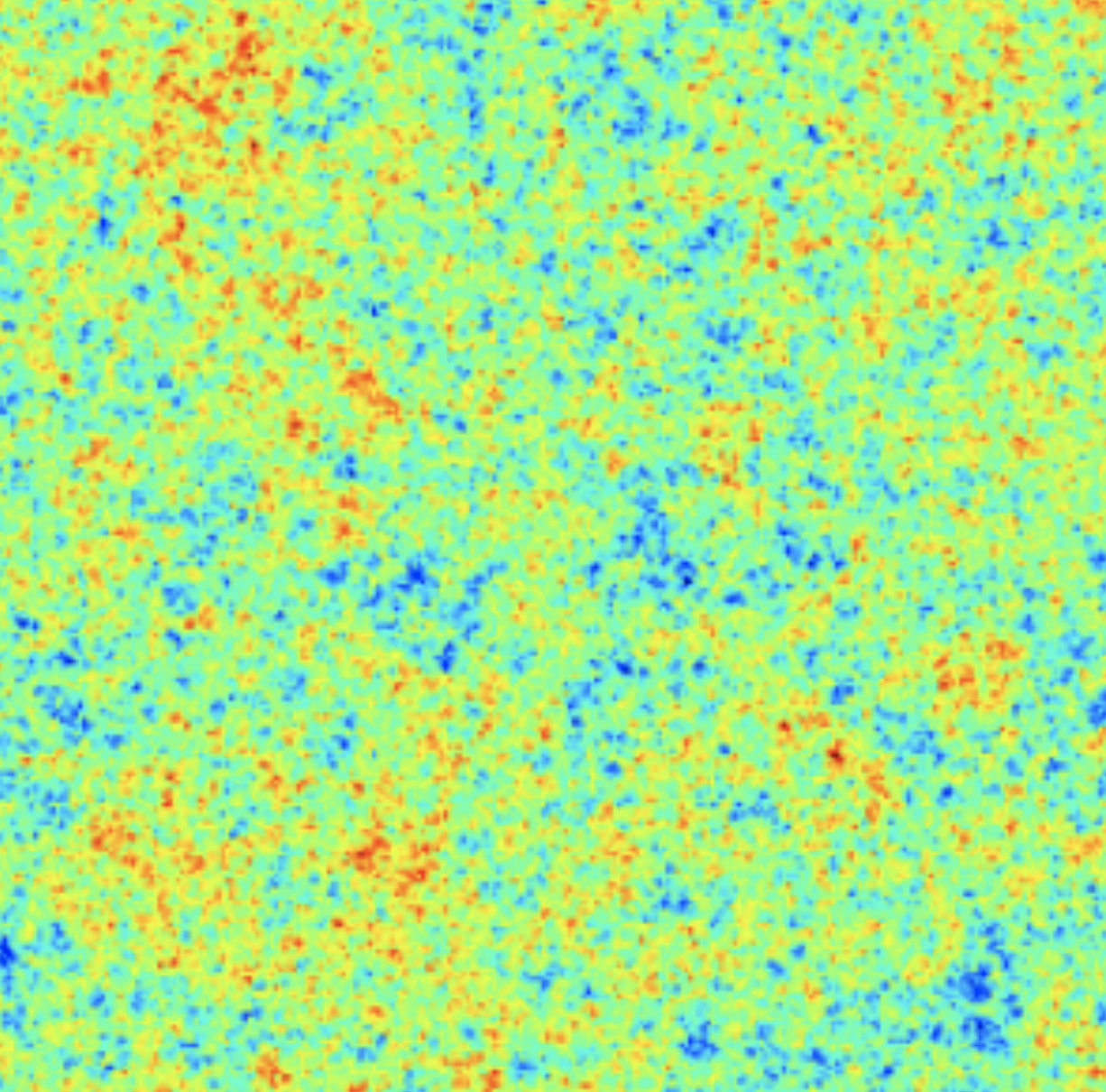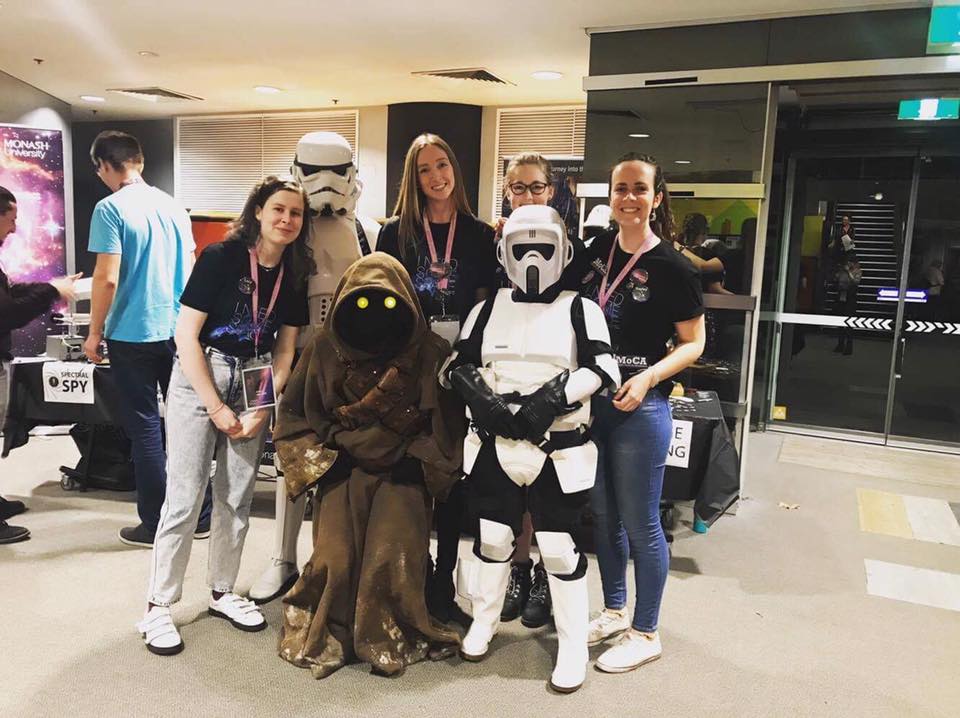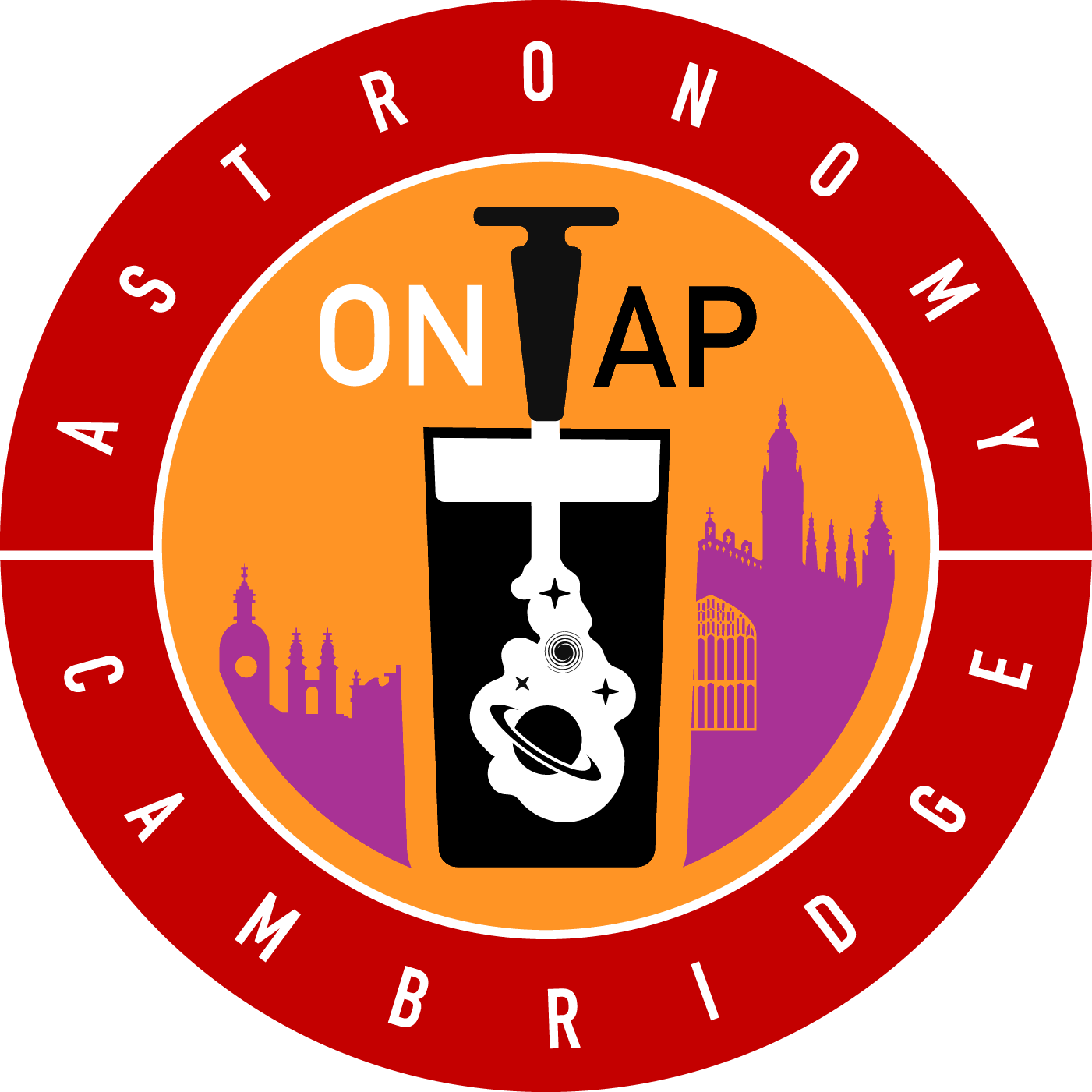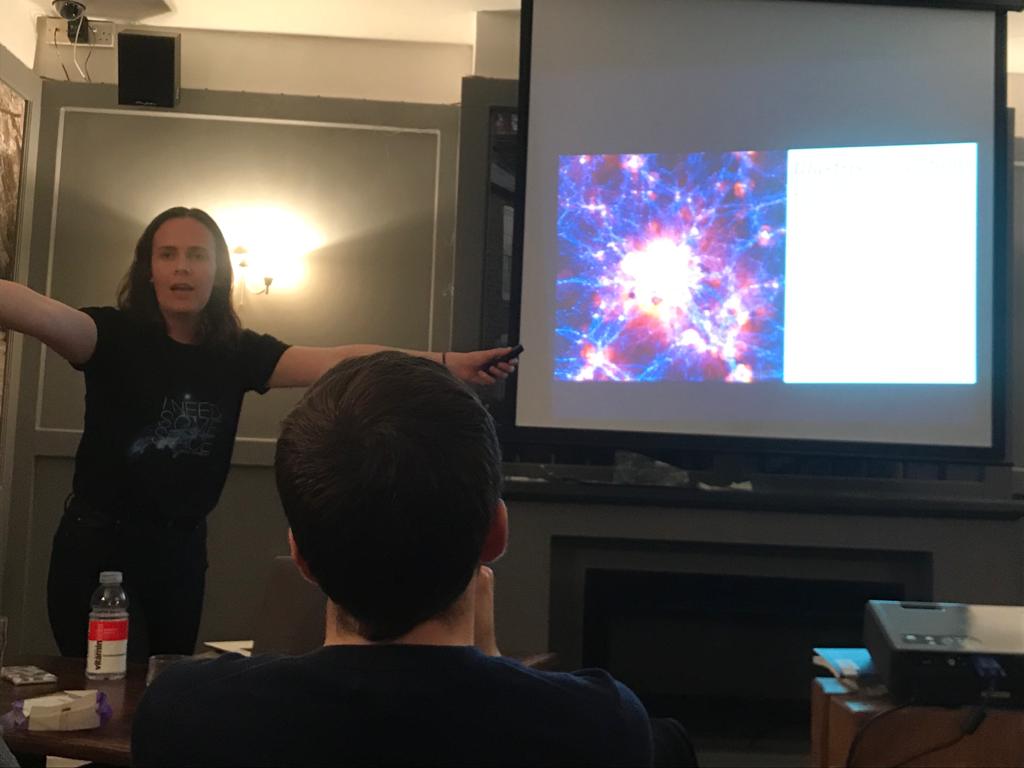
Cosmology + General Relativity
I'm about one third cosmologist and two thirds general relativist. I am mostly interested in figuring out if nonlinear general-relativistic effects can help improve our understanding of the Universe. I spend most of my time writing code and running simulations, like that one up there.
I'm currently the Herchel Smith Fellow in DAMTP at the University of Cambridge, UK. I work in the Centre for Theoretical Cosmology in the Relativity & Gravitation group.
Previously, I was at Monash University in Melbourne, Australia, doing my PhD under the supervision of Daniel Price and Paul Lasky. My PhD thesis is publicly available here.
Research
Most modern cosmological simulations use an approximate theory of gravity.
This is Newton's theory, which describes gravitational interactions by an invisible force pulling anything with mass towards anything else with mass. This works pretty well in most situations we're used to on Earth, and actually in most situations in general. It begins to be a problem if you have something really huge (e.g. a black hole), or something tiny near something relatively huge (e.g. the precession of the perihelion of Mercury around the Sun), or when we consider really large distances.
In cosmology our whole game is really large distances.
Einstein's theory of General Relativity is a much better description of gravity in these problematic situations.
Newton's theory (and some extensions to it) is predominantly used in cosmology because it's much simpler. Current state-of-the-art cosmological simulations use a combination of a homogeneous, isotropic spacetime in General Relativity and Newtonian dynamics.
Comparing what comes out of these simulations to observations means we can use them to test and improve our current best-fit cosmological model; the Lambda Cold Dark Matter model.
The instruments we use to observe the Universe are constantly being improved. This means our data are getting more and more precise. As our errorbars get smaller, we're starting to notice some peculiarities between what we see and what we expected to see, based on our cosmological model. One suggestion (among many) is that this could be because we're not using General Relativity in full.
Newtonian dynamics describes the nonlinear evolution of matter extremely well. But pairing this with a homogeneous, isotropic spacetime means that this spacetime is largely unaffected by this nonlinear evolution. Effects such as curvature and inhomogeneous expansion are not properly captured in these simulations. These will have a direct effect on our observations, since they both affect the path of light rays as they travel towards us. But, how large is this effect? Is it important as the precision of our observations improve? Could it already be having an effect on what we observe?
Numerical relativity is a way to solve Einstein's equations in full on the computer, so we don't need to make any simplifying assumptions about the spacetime, or the interaction between the matter and that spacetime. I do large-scale cosmological simulations of nonlinear structure formation using numerical relativity. Simulations like this are extremely new, and were only done for the first time a few years ago. See the first ones here, here, and here.
Simulations without simplifying assumptions will allow us to fully quantify any and all of the general-relativistic effects we expect to see in upcoming precision cosmological data, and maybe in existing data too.
Check this out for an up-to-date list of what I've been up to.
What's that picture?
It's one of my simulations, so it's a model universe
 I use computer simulations to study the evolution of the Universe on really large scales. That picture up the top is a snapshot of one of my simulations. It's about 1 Giga-parsec across, or about 30 billion trillion kilometers.
I use computer simulations to study the evolution of the Universe on really large scales. That picture up the top is a snapshot of one of my simulations. It's about 1 Giga-parsec across, or about 30 billion trillion kilometers.
Simulations are useful because we can run a whole bunch of different models, and compare them to our observations to figure out which model works the best.
This picture on the left is what my simulation at the top of the page looked like when it started. It's based on actual observations of the cosmic microwave background radiation, which tells us what the Universe was like just a few hundred thousand years after the Big Bang. In this picture, red spots are hot and blue spots are cold. That also means that red spots are more dense, and blue spots are less dense.
My simulation then solves Einstein's equations in full to evolve this universe in time. Red spots (higher density) attract other stuff due to gravity, and so the red spots get redder and the blue spots get bluer.
 This picture is what my model universe looks like at the present time (at a redshift of zero).
The colours still represent the density of each point, where lighter regions are more dense, and darker regions are less dense.
This picture is what my model universe looks like at the present time (at a redshift of zero).
The colours still represent the density of each point, where lighter regions are more dense, and darker regions are less dense.
This simulation only contains dark matter, whereas galaxies (and stars, planets, you, and me) are made of baryonic matter, which I ignore because there's way more dark matter in the Universe.
This is what the basic structure of the large-scale galaxy distribution in our Universe looks like, since galaxies trace the dark matter distribution. You can imagine the Milky Way sitting somewhere in one of those dense filaments.
We can measure what the distribution of galaxies looks like in real life using observations. The plan is then to compare this to what comes out my simulations, and hopefully this will help us learn something about how nonlinear General Relativity might play a role in these observations.
For more details on this simulation (and some others), and the first investigation into cosmological backreaction and local expansion rates using a realistic cosmic web in numerical relativity, see my papers here and here.
CV
For a breakdown of what I've done and what I can do, see my CV.
Outreach
 I really enjoy engaging with people and getting them excited about science.
I've given a few public talks at the pub, at high schools, and over Skype to a primary school class in New Zealand. I've done live science demonstrations at schools, and at the Astrolight festival in Melbourne, Australia. Check out this YouTube stream I did for kids all about gravity and general relativity.
I really enjoy engaging with people and getting them excited about science.
I've given a few public talks at the pub, at high schools, and over Skype to a primary school class in New Zealand. I've done live science demonstrations at schools, and at the Astrolight festival in Melbourne, Australia. Check out this YouTube stream I did for kids all about gravity and general relativity.
 I'm currently working with some other postdocs and students at Cambridge on our local chapter of Astronomy on Tap. We usually hold a few Astronomy-themed talks in the pub, over a beer or two, at the Maypole Cambridge on the last Thursday of every month. Due to Covid-19, our in-pub events are on hold, but we're live-streaming interactive talks and games once a month on this YouTube channel, so BYO beer and tune in! Head to our Facebook or Twitter for more info.
I'm currently working with some other postdocs and students at Cambridge on our local chapter of Astronomy on Tap. We usually hold a few Astronomy-themed talks in the pub, over a beer or two, at the Maypole Cambridge on the last Thursday of every month. Due to Covid-19, our in-pub events are on hold, but we're live-streaming interactive talks and games once a month on this YouTube channel, so BYO beer and tune in! Head to our Facebook or Twitter for more info.

I'm looking to expand into doing more outreach, since I absolutely love explaining what I do.
If you have anything coming up, or have any suggestions for anyone/anywhere that might be interested in hearing about some cool stuff, please email me!
